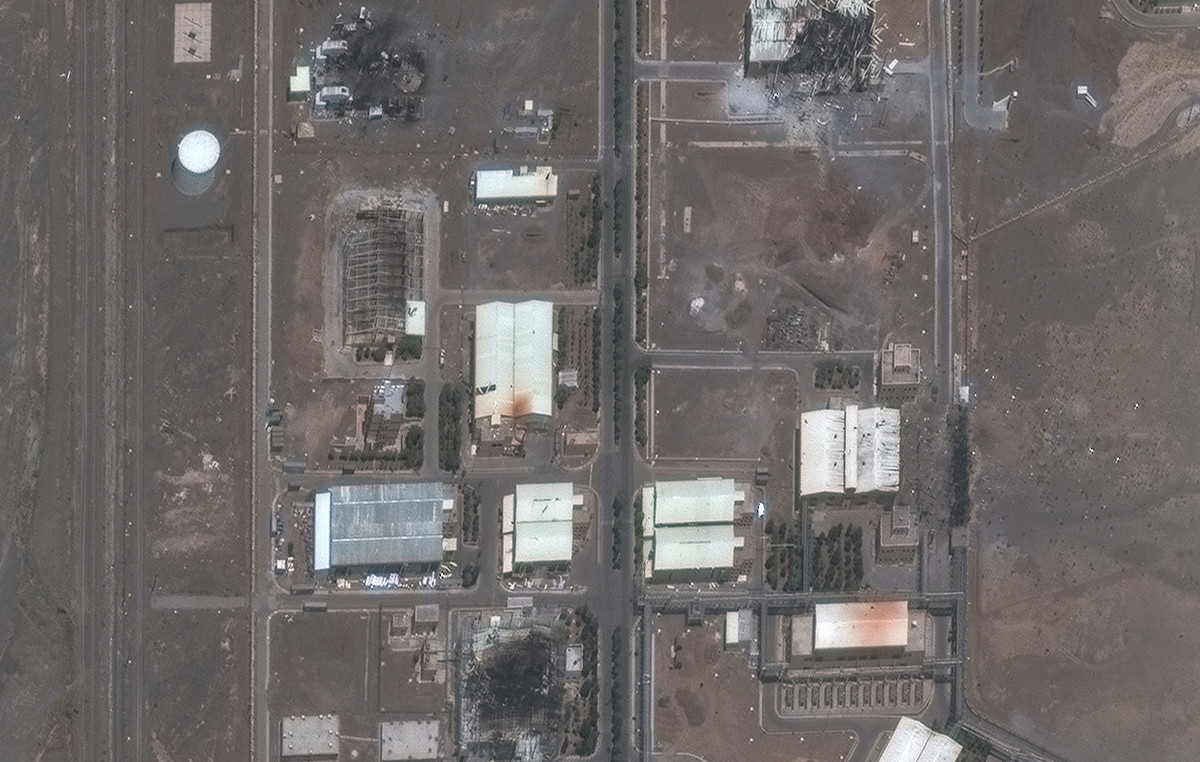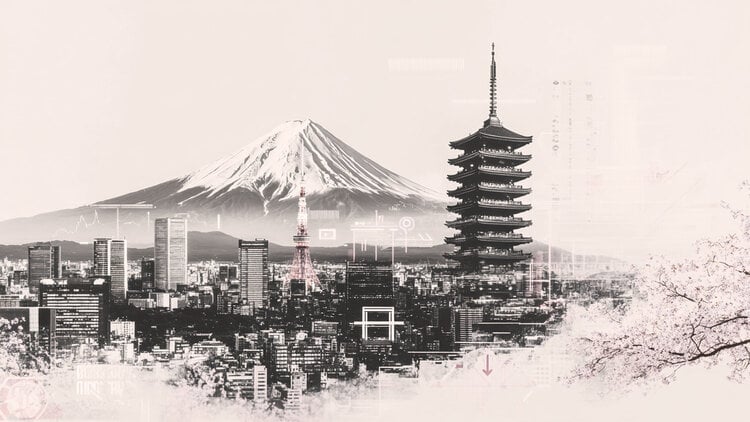This Monday (8), anyone traveling through North America will be able to attend a total solar eclipse which is when the Moon, Earth and Sun are completely aligned and the sun's rays are blocked for a few minutes.
This eclipse will be different from the last ones, for its duration, which is estimated to be two minutes longer, but also for the solar corona (its outermost layer), which will be more visible than the 2017 eclipse. Furthermore, an event like this It will only happen again in 2044 .
In Brazil, it will not be possible to follow the eclipse. However, in addition to providing a table with the times when the eclipse will be visible in each part of the United States, The NASA will broadcast live on its channels and networks.
The phenomenon will begin to be visible at 4pm (Brasília time) off the coast of Mexico, and will end at 5pm (Brasília time) on the Atlantic coast of Canada.
How to Photograph an Eclipse with Your Camera or Smartphone
It is possible to practice astrophotography with a DSLR camera professional, but also with your smartphone. Check out some tips:
- Invest in a good tripod: Having a sturdy tripod with a remote shutter release is essential for taking long exposure photos;
- Don't look at the eclipse without protection: look for compatible eclipse glasses or a portable solar viewer;
- Your camera also needs a lens: it is not safe to look at the eclipse through a camera without a filter;
- Required lenses: with a wide angle it is possible to capture the eclipse and also the landscape around it, for that classic photo of just the eclipse, choose a telephoto lens;
- Photo with smartphone: Leave your phone at its default zoom setting and try to stabilize it as much as possible. Attempting to zoom in beyond what is set may result in less sharp photos.
Perfect destinations for astrotourism and eclipse watching:
U.S

Famous in the United States, there are more than 420 parks registered in the United States national park system. In addition to the exuberant fauna and flora, with countless outdoor activities carried out at different times of the year, some of them also have the nickname of being ideal for astrotourism.
This is the case of Big Bend National Park , in southwest Texas, which has stunning landscapes amid rivers, with the possibility of hiking, camping and horseback riding. As night falls, due to its location far from major cities, the stars appear and guarantee a bright sky, which attracts thousands of visitors every year.
In Colorado, the Great Sand Dunes National Park It has some of the highest dunes in the state and sunsets that paint the sky with incredible colors. At night, the park's dry air helps create a perfect sky-watching atmosphere.
In Utah, the Canyonlands National Park it also fulfills its mission: there are countless canyons cut by the Colorado River and its tributaries that make it a popular destination among adventurers. With the help of the desert setting, light pollution is minimal, which helps it have one of the lowest light emissions in the entire country. Have you ever imagined what the sky looks like at night? It is worth noting that all of the above locations are listed among Dark-Sky certified parks.
Chile
Source: CNN Brasil
Johanna Foster is an expert opinion writer with over 7 years of experience. She has a reputation for delivering insightful and thought-provoking articles on a variety of subjects. Her work can be found on some of the top online news websites, and she is currently lending her voice to the world stock market.







